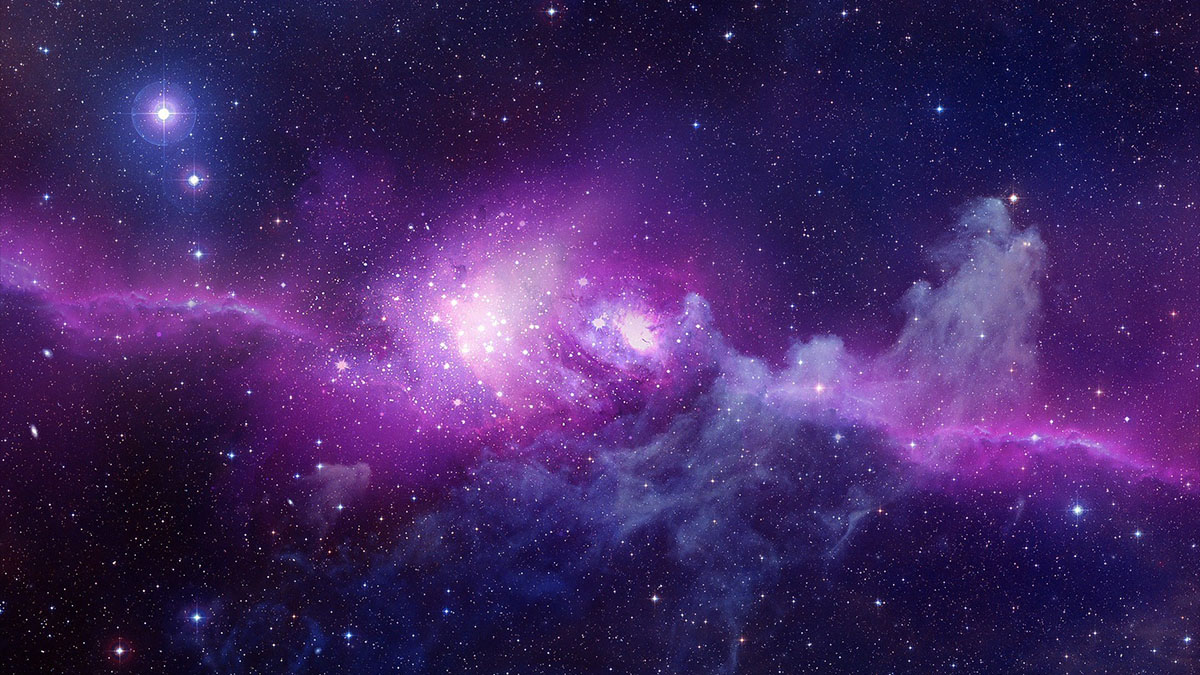the universe’s dark side prepares for a siege

If you’ve ever written anything about cosmology and the physics behind the inner workings of the universe, you may have noticed how many people seem to get upset at the very idea that dark matter and dark energy exist, wondering if any major discovery explains away all those the dark things in the universe. So far, they don’t, but there are always scientists eager to challenge the current thought about the make-up of the universe, and a public eager to hear what they have to say. In this case, we have Professor Tom Shanks and one of his grad students, Utane Sawangwit, who think they may have found that the CMBR observations used to pinpoint how much baryonic vs. dark matter there is in the known universe, have a far higher margin of error than thought. To hear Professor Shanks tell it, he’s on the verge of unseating dark matter and energy from their posts…
Shanks comments “CMB observations are a powerful tool for cosmology and it is vital to check for systematic effects. If our results prove correct then it will become less likely that dark energy and exotic dark matter particles dominate the Universe. So the evidence that the Universe has a ‘dark side’ will weaken!” In addition, Durham astronomers recently collaborated in an international team whose research suggested that the structure of the CMB may not provide the robust independent check on the presence of dark energy that it was thought to.
So does this new research mean that today’s perception of cosmology is all wrong and neither dark matter or even dark energy actually exist? Well, despite what some science blogs would have you think, you might want to hold off on rewriting physics textbooks just yet. The problem lies in a survey of a million galaxies which saw that light passing through galactic clusters didn’t seem to appear slightly blue-shifted, as it should according to our standard models of cosmology and the CMBR map. From there, the argument goes, we could say that our current WMAP data has errors which were smoothed over to an unknown extent. But then again, let’s try to keep in mind that dark matter and dark energy combined are supposed to make up roughly 96% of the whole universe according to the WMAP findings, and to provide sufficient proof to completely rule them out, Shanks and his colleagues would need to show that our CMBR map is pretty much completely worthless. That’s not a very likely scenario, especially when, as explained in the second link of this post, what we call dark matter has to be present to make galactic spirals possible. How can it not exist when we can indirectly map it?
Also, let’s remember that the team is looking for slight blue-shifting and when you’re looking into deep space for something very subtle, you might not see it due to the limitations of your instruments. Note the story of the attempted Lyman alpha surveys in the first link. A little tweak to to the telescopes is all it took to find swaths of previously missing galaxies which puzzled astronomers for years. How big of a margin of error does Shanks’ work have and how little of an adjustment would it take to suddenly see this blue-shift? This is not to say that his work doesn’t have any use in helping us adjust our picture of the cosmos, but we have to be realistic and consider the numbers and the physics involved. To overturn the dark matter and dark energy theories, we will need many more surveys and many more studies that can adequately explain our observations, raising less questions than they provide answers. And without the universe’s dark side there are certainly plenty of very important questions that will go unanswered, which is why we’ll probably be stuck with it for a long time…





